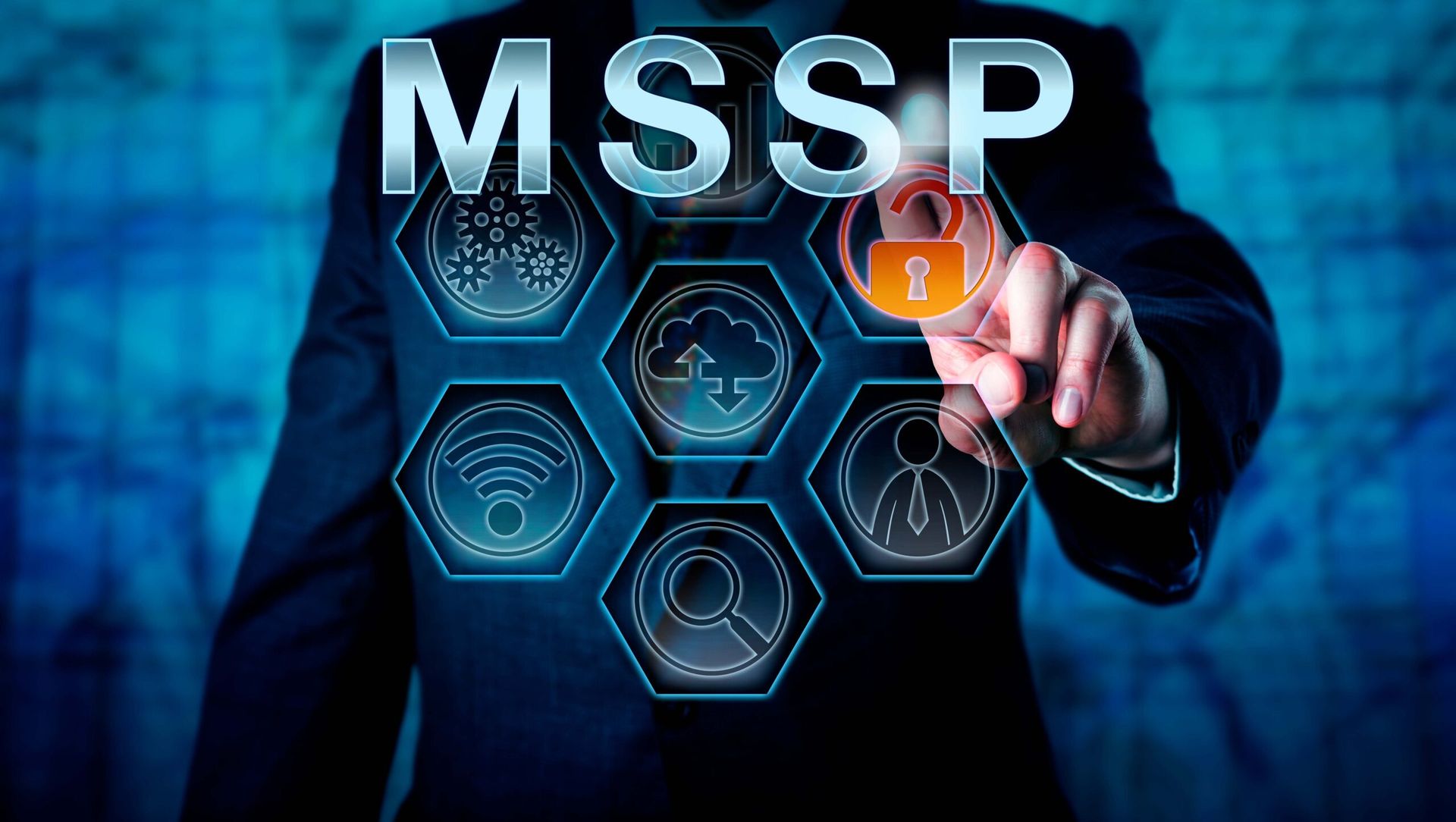Guest blog courtesy of D3 Security.
There are a lot of MSSPs with $10M in revenue. And far, far less with $20M. For MSSPs, surpassing $10M in revenue marks a critical inflection point. The strategies that propelled initial growth often become constraints, and scaling further—to $20M or even $30M—introduces substantial challenges related to people, processes, and technology. These barriers frequently stall promising MSSPs precisely when they should be accelerating.
Senior industry analyst Jon Oltsik recently captured this challenge perfectly in a LinkedIn post, noting: "It's relatively easy to grow to $10 million, but ridiculously hard to grow from $10m to $20m." Why? As he explains, "Scaling issues in terms of staffing, infrastructure, process automation, etc. Thus, MSSP/MDR margins can be razor thin." At D3 Security, we've seen this pattern consistently through our work with service providers at this crucial growth stage.
Crossing the $10M Chasm: When More Customers Mean Less Profit
At the $10M threshold, MSSPs face intensified pressure due to the traditional business model's reliance on linear scaling of expensive, highly specialized security analysts. Simultaneously, operational complexity rises dramatically, further compressing margins. Each new customer, particularly larger, strategically important clients targeted at this stage increases complexity along several critical dimensions:
This creates the classic MSSP paradox at around $10 million revenue. Growth requires larger, more demanding customers—but each new customer adds complexity and strains operational capabilities, squeezing margins and impeding profitable expansion.
Four Conventional Strategies That Backfire at $10M
Most MSSPs attempt conventional approaches to break through:
Breaking the Analyst-to-Revenue Ratio: The Autonomous SOC Effect
Morpheus, D3’s AI-driven autonomous SOC solution, addresses these specific scaling challenges by fundamentally altering the operational and economic realities for MSSPs:
Unlike conventional SOAR solutions that require extensive playbook maintenance, Morpheus autonomously manages routine SOC functions, freeing human experts to focus on strategic initiatives, advanced threat hunting, and personalized client interactions that drive business growth.
Morpheus AI: Rewrites MSSP Growth Math
For MSSPs, the path from $10M to $30M doesn't require sacrificing margins, raising significant capital, or unsustainable hiring. It requires a strategic rethinking how your SOC operates in the age of AI.
Morpheus represents a paradigm shift for MSSPs looking to scale beyond $10M, delivering complete alert coverage, AI-powered investigation, autonomous triage and AI-guided remediation in one solution. Service providers implementing Morpheus report dramatic improvements in operational metrics - 80% faster MTTR, 99% reduction in false positive handling time, and many achieve full ROI within the first quarter of deployment.
We’re headed to RSA Conference at the Moscone Center, San Francisco, this month! Meet us there to get a hands-on look at Morpheus AI and talk to our engineering team about your biggest SecOps struggles and challenges.




